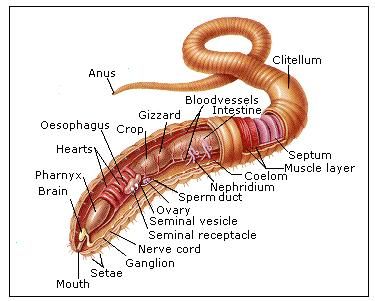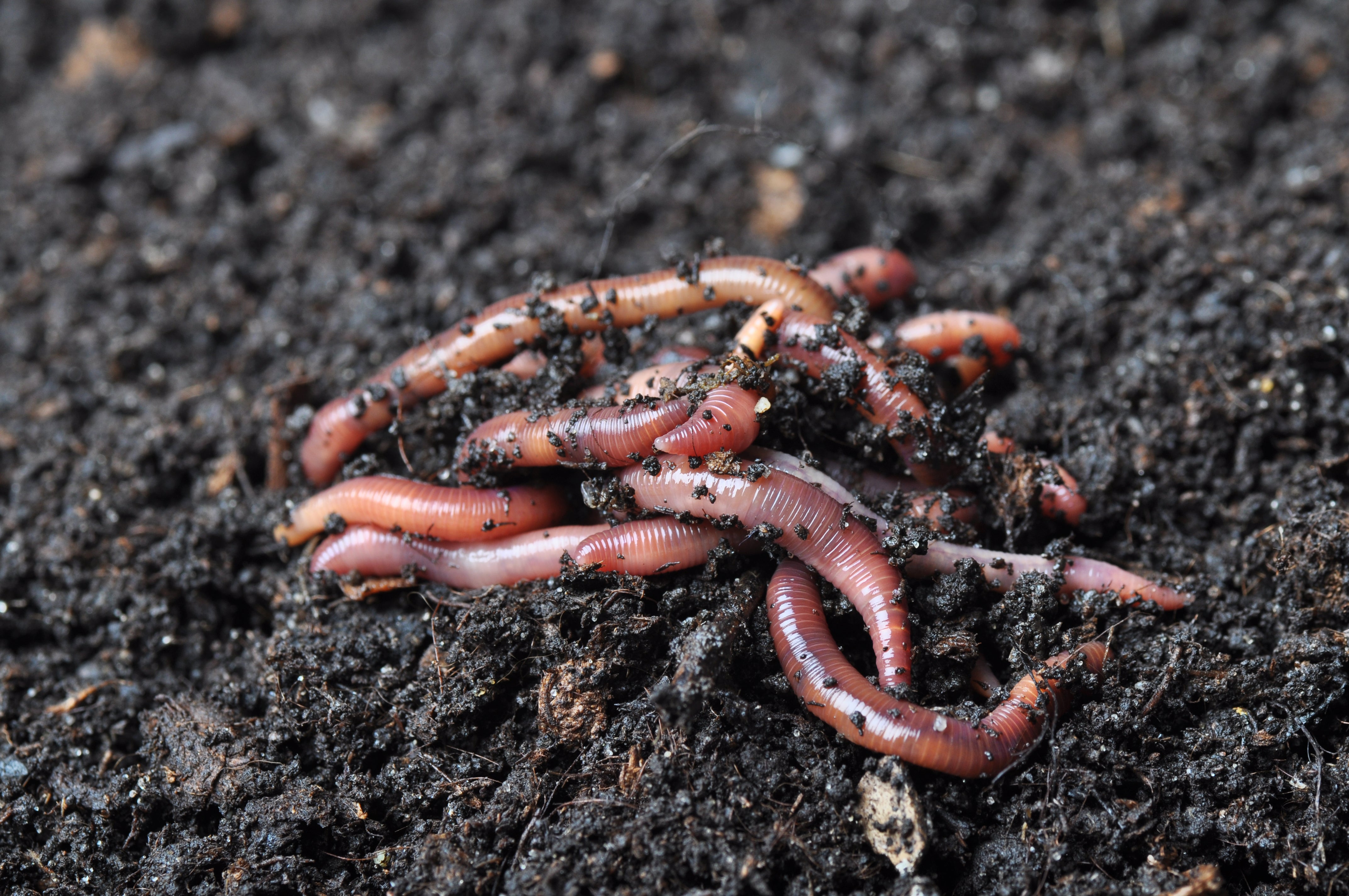Utilizing the Power of Red Wiggler Composting: A Thorough Appearance at the Environmental and Agricultural Benefits of This Natural Waste Reduction Technique
The technique of red wiggler composting stands for a compelling intersection of environmental stewardship and agricultural advancement, supplying a lasting solution to the growing challenges of waste management and soil deterioration. With the natural process of vermicomposting, natural waste is changed right into a useful source that not just enhances soil however likewise contributes to a considerable decrease in garbage dump payments and greenhouse gas discharges. As we check out the diverse benefits of this approach, we uncover how it can reshape agricultural practices and advertise eco-friendly recognition, triggering a better assessment of its prospective influence on our communities and communities.
What Are Red Wiggler Worms?
Red wiggler worms, medically referred to as Eisenia fetida, are a types of earthworm particularly adapted for composting and natural waste failure. These worms prosper in the nutrient-rich atmosphere of breaking down raw material, making them suitable for vermicomposting systems. Growing to a length of about three to four inches, red wigglers are identified by their reddish-brown pigmentation and distinctive banding patterns along their bodies.
Unlike various other earthworm types, red wigglers choose to inhabit the top layers of dirt and natural debris, where oxygen degrees are higher and food resources are plentiful. Their physiological adjustments enable them to process natural materials successfully; they possess a strong gastrointestinal system that enables them to transform waste into nutrient-rich spreadings, frequently referred to as "black gold" in horticulture and farming contexts.
Eisenia fetida plays a vital duty in the ecosystem by facilitating the decomposition procedure, enhancing dirt structure, and advertising microbial activity. Provided their unique attributes and ecological value, red wiggler worms have ended up being a main component in lasting waste management methods and natural gardening efforts, adding significantly to ecological wellness.
Advantages for Dirt Health
The inclusion of red wiggler worms in composting systems uses substantial advantages for dirt health. These worms play an important duty in the disintegration procedure, breaking down organic matter into nutrient-rich vermicompost. This natural fertilizer improves dirt framework, oygenation, and water retention, contributing to a much more positive atmosphere for plant development.
Vermicompost is abundant in necessary nutrients such as potassium, nitrogen, and phosphorus, which are essential for plant growth (Red Wiggler Composting). The visibility of valuable microbes in vermicompost better advertises soil health and wellness by improving nutrient availability and subduing soil-borne virus. This vibrant interaction fosters a robust dirt environment that supports sustainable farming techniques
Furthermore, red wigglers help with the formation of humus, a secure natural matter that enhances dirt fertility and durability. This boosted organic web content not just improves soil appearance however also boosts its ability to sequester carbon, mitigating environment modification impacts.
Including red wiggler composting into agricultural systems can, consequently, cause healthier dirts, higher plant yields, and boosted sustainability. Because of this, embracing this all-natural waste reduction approach can produce extensive benefits for both the setting and agricultural performance.
Influence On Waste Decrease
Incorporating red wiggler worms right into composting systems considerably lowers waste, transforming natural materials that would certainly otherwise add to landfills into beneficial compost. This approach, called vermicomposting, successfully processes kitchen area scraps, you could try these out backyard waste, and other eco-friendly materials, causing a substantial reduction in the quantity of waste sent out to landfills. According to the Epa, organic waste makes up a substantial portion of garbage dump materials, generating dangerous greenhouse gases as it decomposes anaerobically.
By utilizing red wigglers, a very reliable composting representative, businesses and families can draw away a considerable amount of organic waste from these garbage dumps. Each pound of red wigglers can refine and consume about half an extra pound of organic waste daily, causing an impressive reduction in try this site overall waste generation.
Furthermore, the application of vermicomposting assistances regional waste monitoring initiatives and advertises a round economic situation, wherein waste is transformed into a resource. As communities increasingly adopt this practice, the cumulative effect on waste reduction becomes apparent, promoting a much more sustainable environment and encouraging responsible waste management practices. Welcoming red wiggler composting not just minimizes waste concerns yet additionally improves neighborhood understanding regarding sustainable living.
Enhancing Agricultural Practices
Utilizing red wiggler worms in farming techniques can substantially improve soil health and plant performance. These worms play a crucial function in the composting process, breaking down natural issue into nutrient-rich vermicompost. This natural plant food enhances soil oygenation, structure, and water retention, which are important for robust plant development.
Additionally, the castings generated by red wigglers are rich in important nutrients, such as potassium, phosphorus, and nitrogen, advertising healthier plants with higher returns. The microbial activity promoted by these worms also adds to a flourishing soil community, increasing biodiversity and durability versus bugs and diseases.

In addition, the usage of vermicompost can improve dirt pH levels, making nutrients extra available to plants. Red Wiggler Composting. As an outcome, farmers can grow healthier crops while simultaneously adding to soil conservation initiatives, eventually producing an extra lasting farming future
Beginning With Composting
The key ingredient in red wiggler composting is natural waste, which can include kitchen area scraps, backyard waste, and paper products. This equilibrium promotes an ideal setting for red wigglers, which are the key organisms in this composting approach.
Picking an ideal composting system is just as crucial. Worm bins can be designed for interior or outdoor usage, and they need to provide ample drainage and aeration. It is advised to begin with a small number of worms-- around one pound of red wigglers for visit this website each one pound of waste generated weekly.

Conclusion

The practice of red wiggler composting represents a compelling crossway of ecological stewardship and farming development, offering a sustainable service to the expanding obstacles of waste monitoring and soil deterioration.In addition, the application of vermicomposting assistances neighborhood waste administration efforts and advertises a round economy, where waste is transformed right into a source. As communities progressively embrace this method, the collective impact on waste decrease ends up being apparent, cultivating a much more lasting environment and motivating responsible waste monitoring practices. The key ingredient in red wiggler composting is natural waste, which can include kitchen area scraps, yard waste, and paper products.In recap, red wiggler composting presents a lasting solution for natural waste monitoring, producing nutrient-rich vermicompost that dramatically enhances dirt health.
Comments on “Important Overview to Red Wiggler Composting: Tips for a Prospering Worm Farm”